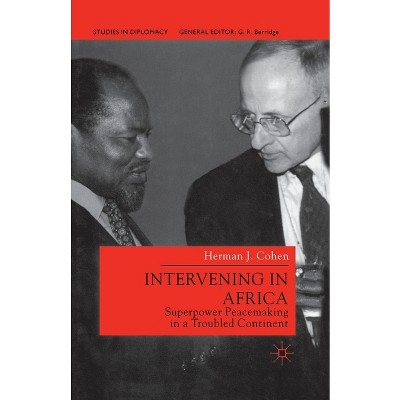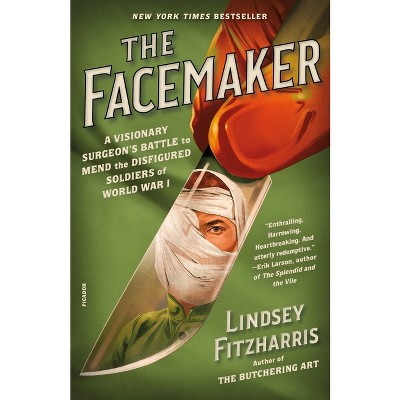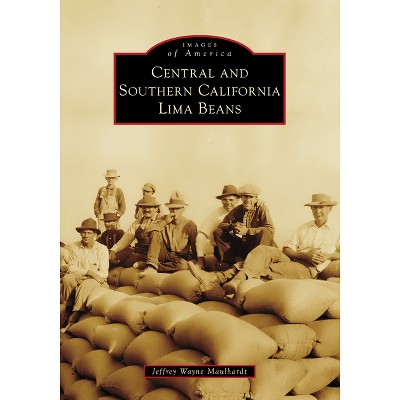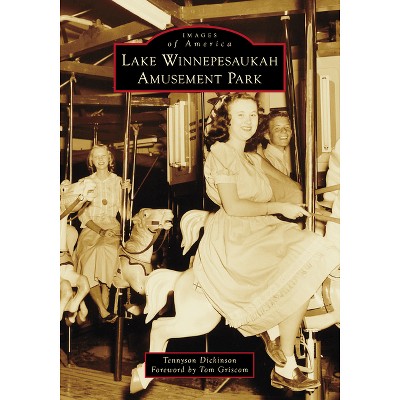Sponsored

Cast Iron and the Crescent City - by Lydia Schmalz (Paperback)
In Stock
Sponsored
About this item
Highlights
- A pictorial examination of cast iron in New Orleans.
- About the Author: Ann Masson is a New Orleans art historian who writes, teaches, and consults in the areas of architecture, antiques, and historic preservation.
- 56 Pages
- History, United States
Description
About the Book
Originally published: New Orleans: The Samuel Wilson Publications Fund of the Louisiana Landmarks Society, 1995.Book Synopsis
A pictorial examination of cast iron in New Orleans. Cast iron artistry remains an iconic characteristic of New Orleans, familiar to both locals and visitors alike. Beginning with the origins of cast iron, this pictorial study follows its evolution into contemporary times. Ornate illustrations depict the various patterns of cast iron that have been used over the years while photographs portray examples of the artistry throughout the city.
From the Back Cover
Familiar to both locals and visitors, cast iron artistry remains an iconic characteristic of New Orleans architecture. This pictorial study traces the iron work's history from its origins in England in the sixteenth century to the establishment of the Leeds Iron Foundry in New Orleans in 1825 and cast iron's evolution throughout contemporary times. While ornate illustrations depict the various patterns of cast iron that have been used over the years, sections of the text detail the difference between cast iron and wrought iron. Photographs portray examples of cast iron throughout the city of New Orleans, with the address of each establishment as a caption. The book also provides a list of local firms that specialized in ornamental iron working.
Established in 1950, the Louisiana Landmarks Society promotes historic preservation through educational programs and the operation of the Pitot House. The nonprofit organization formed when members of the New Orleans chapter of the Society of Architectural Historians came together to save an early-nineteenth-century colonial Creole plantation from demolition. The society's many programs include the publication Preservation, stewardship of the Pitot House, educational partnerships with the Louisiana Children's Museum and the Tulane School of Architecture's preservation studies graduate program, and historic house tours for locals and visitors.
About the Author
Ann Masson is a New Orleans art historian who writes, teaches, and consults in the areas of architecture, antiques, and historic preservation. She is the assistant director of the master's in historic preservation program at Tulane University, where she has taught The History of New Orleans Architecture and Architecture in the Americas at the School of Architecture. A former editor for Preservation in Print, Masson has authored and edited numerous books and contributes entries for the KnowLA Web site, which is sponsored by the Louisiana Committee for the Humanities. In addition to serving as the second executive director of the Preservation Resource Center, she held the position of executive director of the Gallier House Museum for more than fifteen years. Masson has also worked as a consultant for such organizations as the Historic New Orleans Collection, the University of Pennsylvania, Destrehan Plantation, Neal Auction Company, and Save Our Cemeteries. She was an organizer of a cultural tourism symposium with the National Trust for Historic Preservation. Masson was a board officer of the Friends of the Cabildo, the New Orleans Tourism Marketing Corporation, and Save Our Cemeteries, and she has served as president of the Vieux Carré Property Owners, Residents, and Associates and French Quarter Festivals, Inc. She is a member of the City Planning Commission's Master Plan Committee, the Accessions Committee of the Louisiana State Museum, and the Orleans Parish Landmarks Commission. Masson graduated from Newcomb College, where she majored in anthropology, and holds an MA in art history from Tulane University. She also attended Attingham Park Summer School, a noted study course in the architecture and arts of English country houses, and Loyola University's Institute of Politics. Masson lives in a restored 1805 Creole cottage in the Vieux Carré.Shipping details
Return details
Frequently bought together

Trending Non-Fiction
















